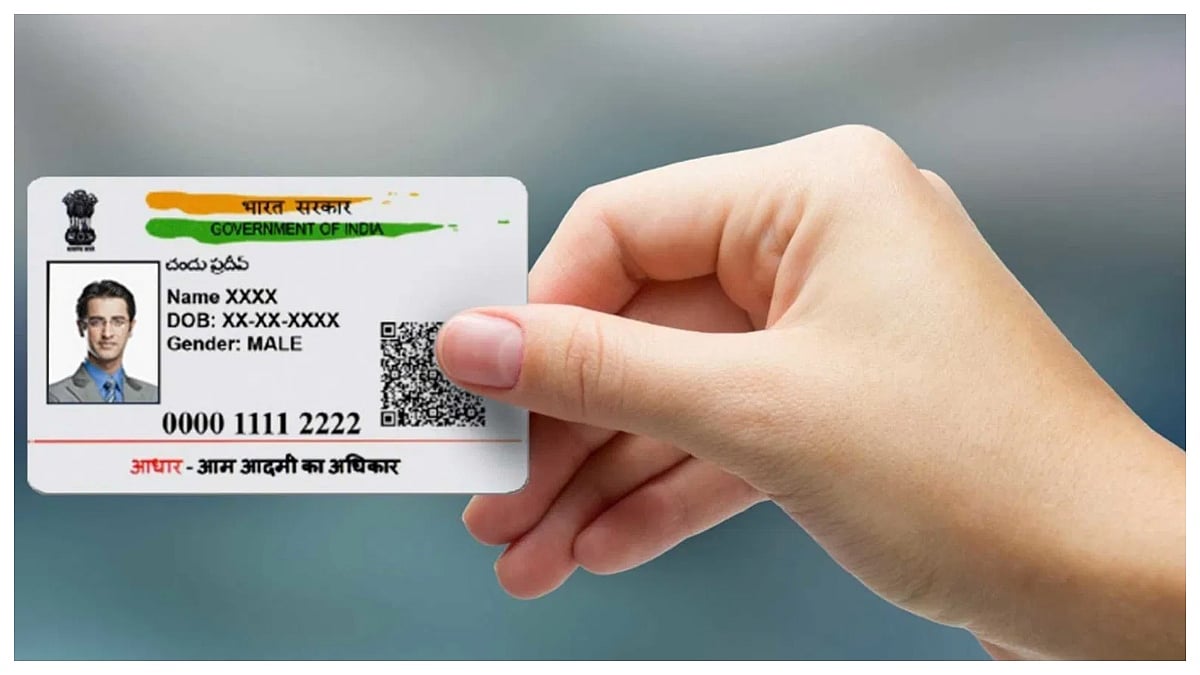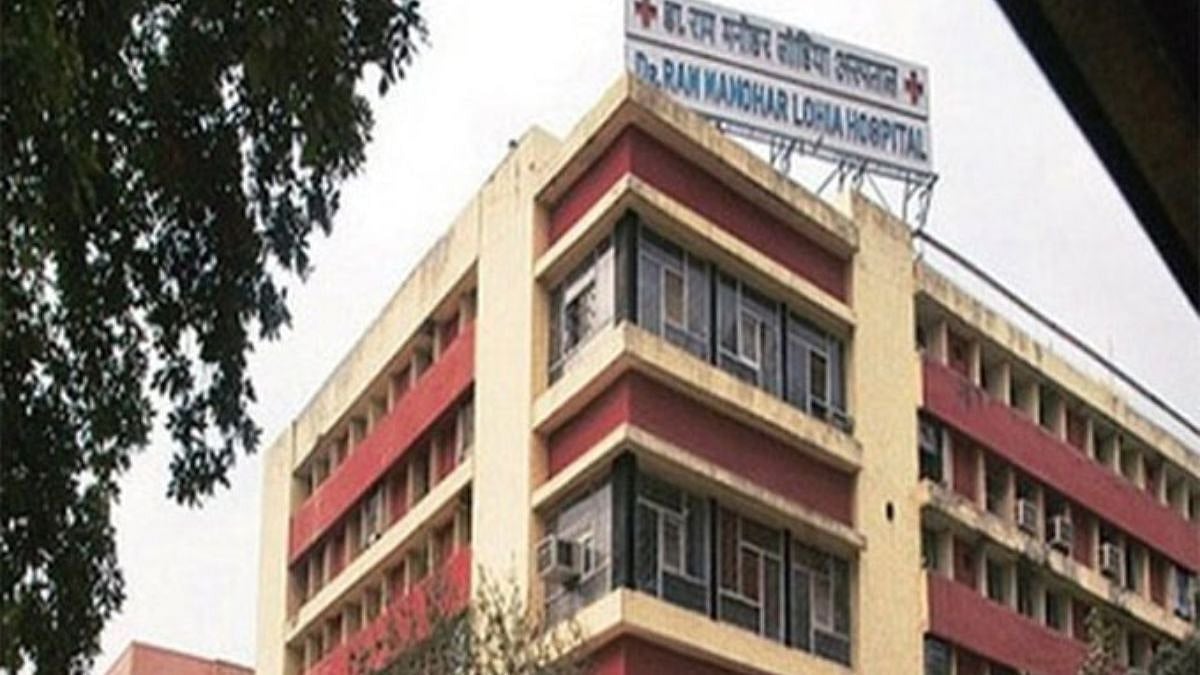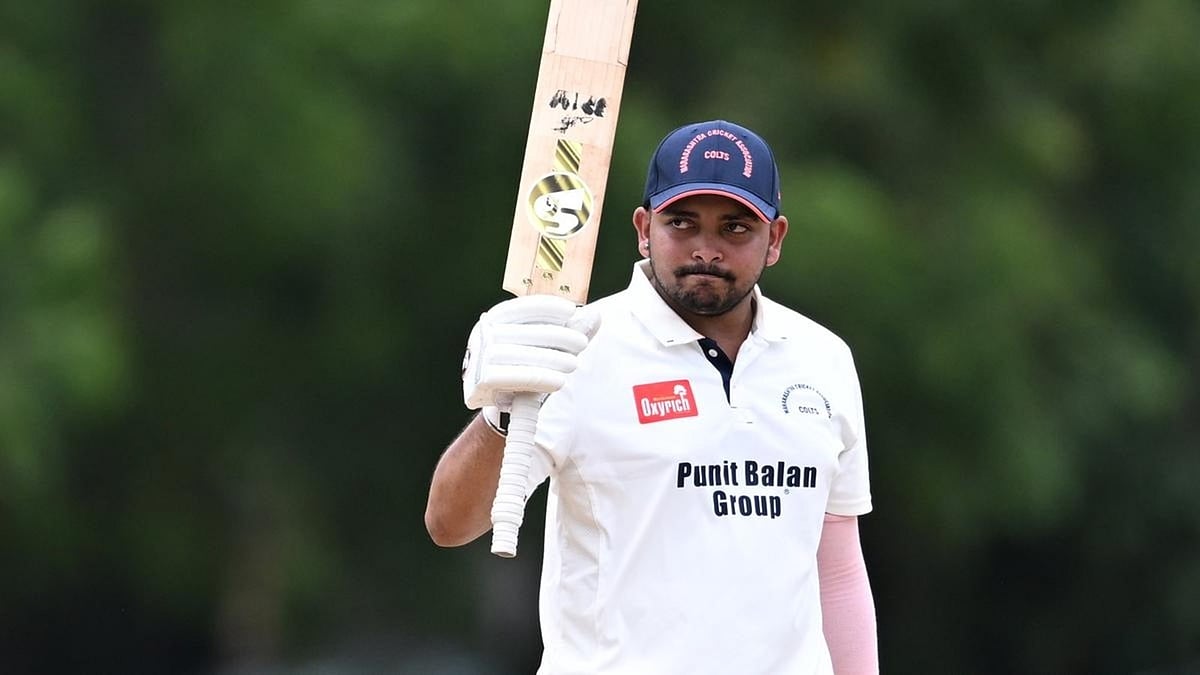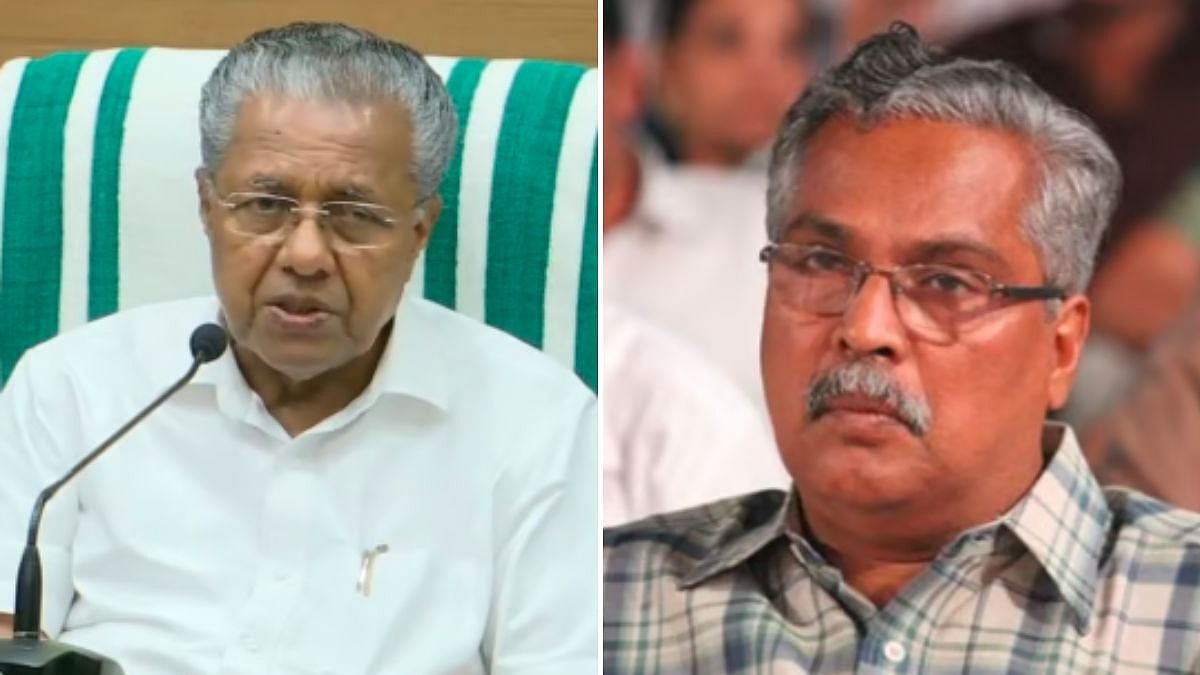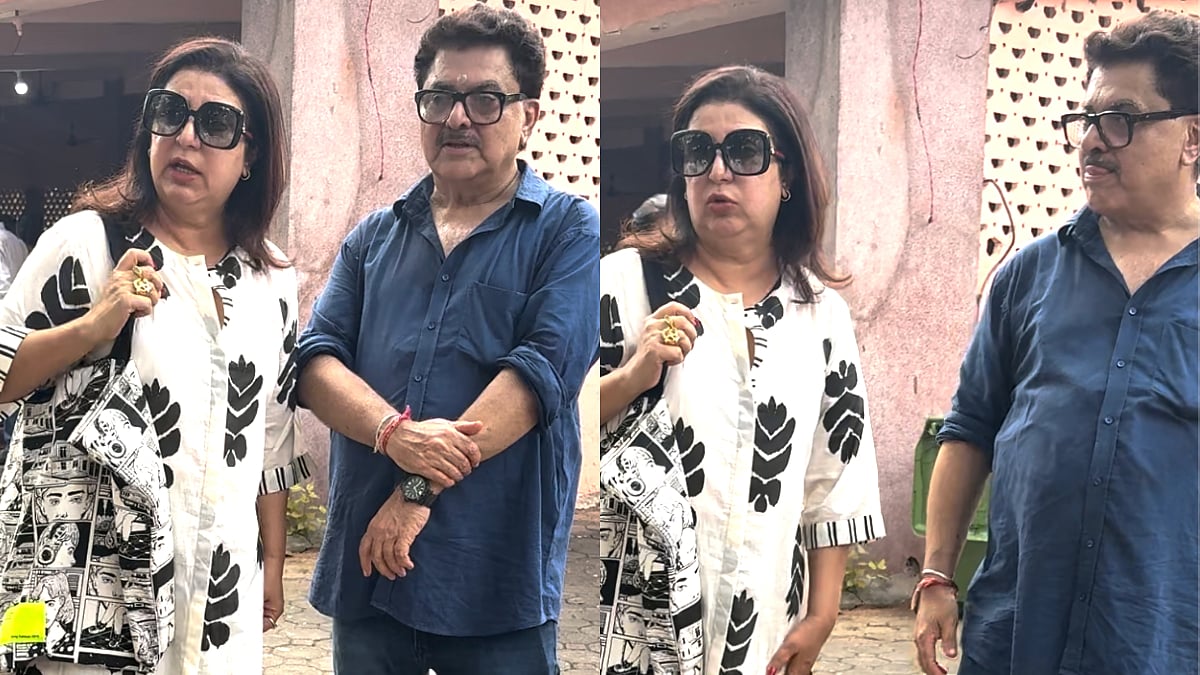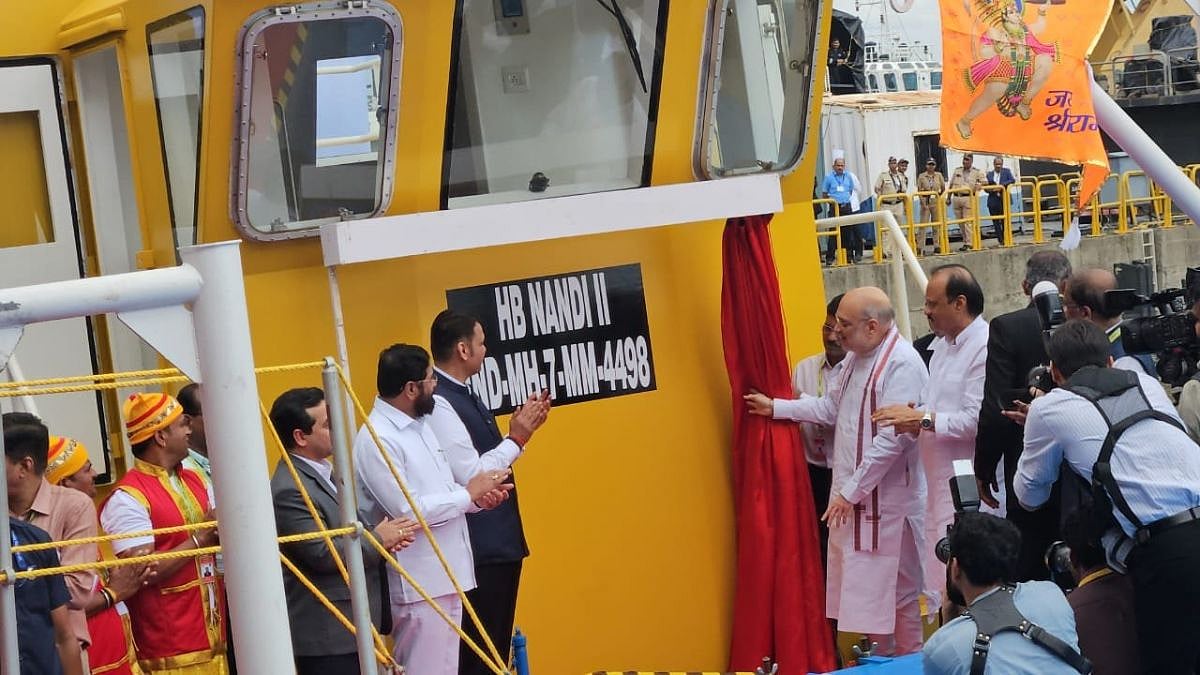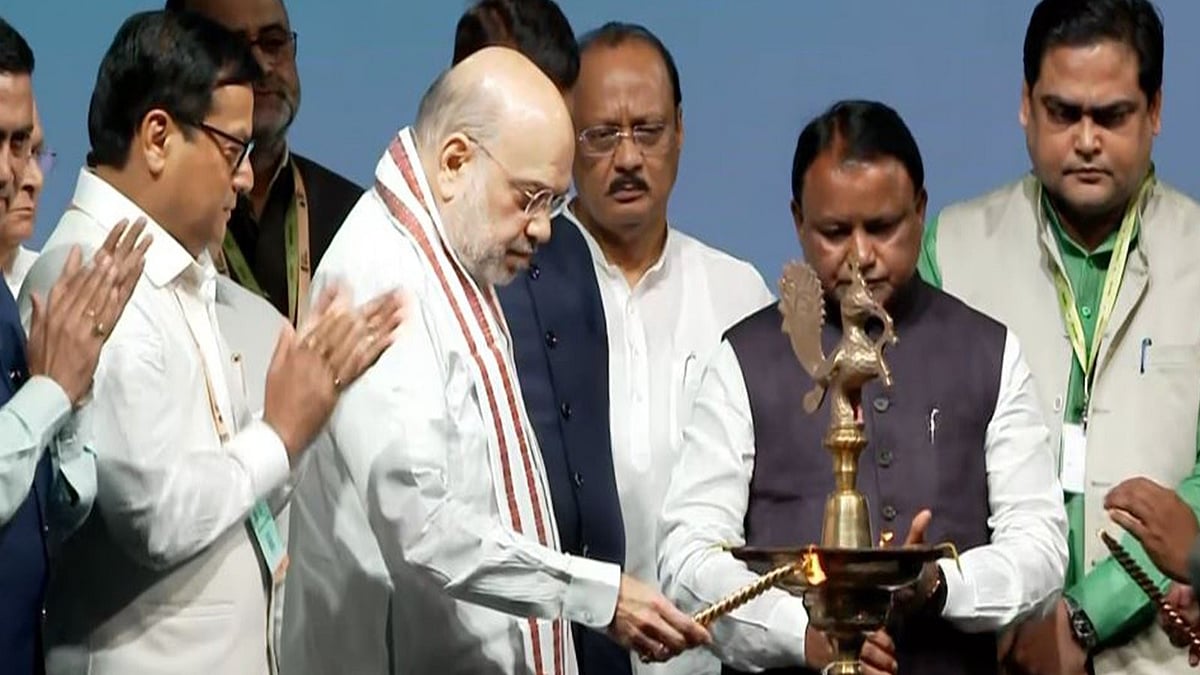The term “Khabari” means informer, an indispensable part of every police force. While technology has transformed policing in today’s digital age, the importance of khabaris remains as strong as ever.
Some may question whether informers still hold the same relevance when advanced surveillance systems, digital forensics, and artificial intelligence are helping the police solve crimes faster. However, despite these technological breakthroughs, the role of human intelligence can never be replaced.
A khabari serves as the police’s eyes and ears on the ground. They provide crucial information about criminal activities, gangs, and suspicious movements, insights that no digital system can fully capture. Their tips often lead to major breakthroughs in investigations, especially in complex or sensitive cases where trust and human connections matter more than data. The khabaris as the backbone of crime control and investigation. From tracking drug networks to preventing gang wars, these informers quietly contribute to maintaining law and order.
There is a common phrase often seen in police press notes, “acting on a tip-off from a secret informer.” These “secret informers” are none other than khabaris. Within the Mumbai Police, there exists an entire world of informers, mysterious yet essential. The general public often forms its image of an informer from Bollywood films — a shady figure calling the police from a dark alley. In reality, the truth is far more complex and grounded.
Who Becomes a Khabari?
Many khabaris come from ordinary walks of life, street vendors, rickshaw pullers, small businessmen, or paan stall owners. They share information about suspicious or criminal activity in their areas. They may not receive direct financial benefits, but being known to the police gives them credibility and a sense of security. Sometimes, it ensures that the police do not unnecessarily trouble their businesses. Some people even share information as a form of social service, though they are not considered professional informers.
However, those who provide information from within the criminal world are the true police informers. These individuals may have once been part of gangs, may have fallen out with their former associates, or may be ex-convicts trying to rebuild their lives. Some are even active criminals who maintain links with the police. In prisons, so-called 'raw prisoners' also serve as informants, passing on valuable details about criminal networks or planned activities. Sometimes, in certain matters, the informer is connected to politicians, businessmen, and the criminal world as well.
The identity of an informer is always kept strictly confidential for their safety. The police never reveal their names, even in successful operations or encounter reports.
Sudhakar Suradkar, a former IPS officer, stated, “Technology or machines can never replace human intelligence. In the digital era, these tools are only helpful, but ultimately, human intelligence remains the most important. For instance, the atomic tests conducted by India in 1998, during the tenure of Prime Minister Atal Bihari Vajpayee, were not detected by American intelligence agencies despite their advanced technology. Another key point is that an informer must be a credible individual. Some people accept money and provide information, but the police must identify their vested interests. Human beings can lie, which is why I never trusted petty informers; I always relied on credible ones. In the police force, the importance of informers will always remain, despite the growth of digital innovations.”
Historical Importance in Mumbai
The history of informers in the Mumbai Police goes back decades. Smuggling was rampant in the 1960s, and rival operators would secretly tip off the police to catch competitors’ boats. That marked the beginning of the informer system. Over the years, informants have become an integral part of policing. During the 1980s and 1990s, when gang wars gripped Mumbai, khabaris played a crucial role. Their tips helped the police conduct encounters and dismantle underworld networks. Many of these informers risked their lives to assist the police during those violent times.
Protection and Rewards
If informers provide information, what do they get in return? The answer lies in the economics of intelligence. Many informers are professionals; they earn their living by supplying credible information. The bigger and more valuable the information, the greater the reward. Some informers are even said to be on the police's 'payroll.'
In addition to monetary rewards, police departments often extend quiet support to informers and their families. If an informer is imprisoned or injured, officers may help their family financially. Such payments are made through a 'secret fund', an officially sanctioned fund used specifically to compensate informers for their services.
While technology has made policing faster and more scientific, the khabari continues to bridge the gap between street-level reality and official intelligence. Behind every major breakthrough lies a whisper from an unseen source, a khabari who risks everything to keep the city safe.
How the Khabari network works
Street / Criminal Circle → Khabari → Police Officer → Action / Raid / Arrest
Who becomes a Khabari?
Former gang members
Street vendors / small business owners
Ex-convicts or prison contacts
Active criminals turned informants
Others (auto drivers, bar employees, etc.)
What is the secret fund?
Police maintain a “secret fund” to pay informers.
The amount depends on the value of the information.
Payments are kept confidential to protect identities.
History of Khabaris in Mumbai
1960s: Start of informer culture during smuggling era
1980s–1990s: Rise of gang wars — informers vital in encounters
2000s: Informers track drug trade and organised crime
2020s: Digital policing + human intelligence = stronger results

